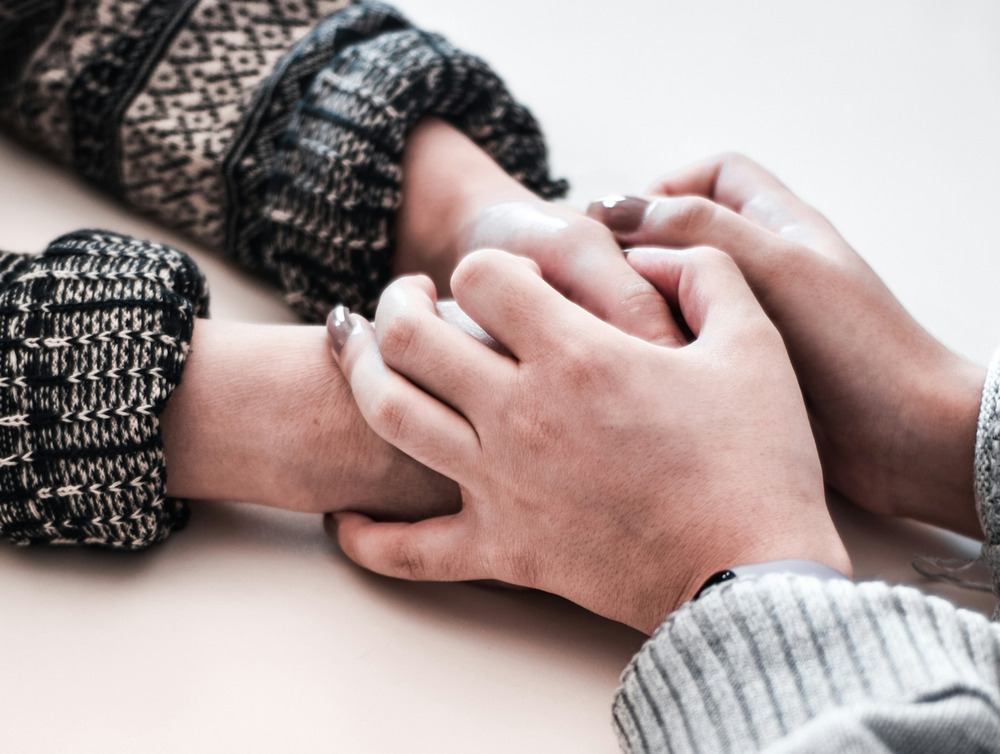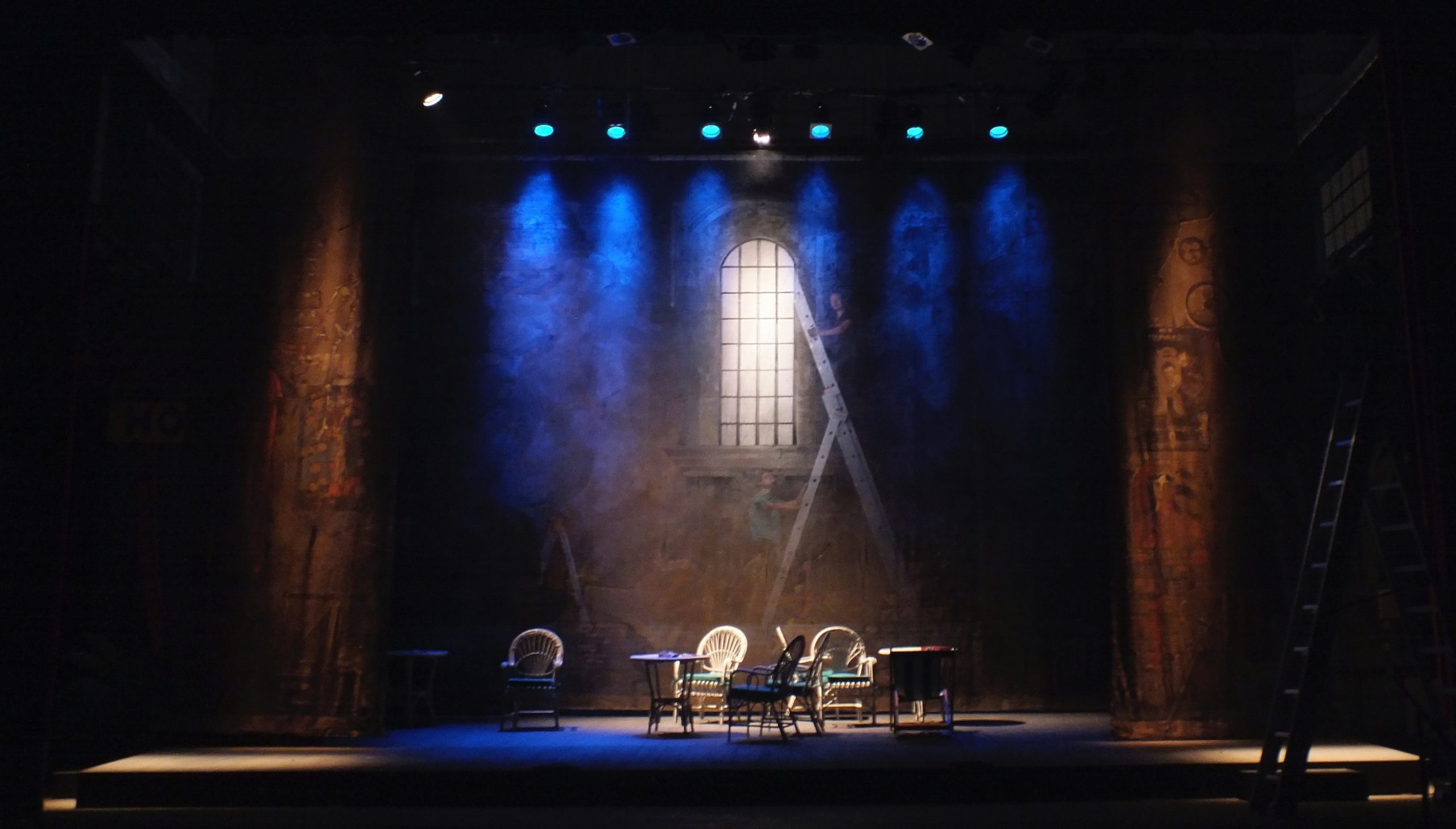Reading Lists
9 Books About the Beauty and Complexities of Chosen Families
Gabe Montesanti, author of "Brace For Impact," recommends memoirs and novels about friendships that become a life-long bond

Iconic drag queen RuPaul was the first person to introduce me to the concept of chosen family. I was 18 and in love with the captain of my college swim team. Having been raised Catholic in the conservative Midwest, I had almost no context for my new self-discovery. I didn’t know anything about Stonewall, or the ball scene depicted in the 1990 documentary Paris is Burning. I couldn’t tell you anything about the HIV epidemic or the Defense of Marriage Act or the legislation that would eventually lead to the Supreme Court’s ruling in Obergefell v. Hodges. I knew only one out gay person in real life. Maybe that’s why I latched so desperately onto Drag Race in the early stages of my dykehood, absorbing RuPaul’s advice and wisdom with such profound appreciation.
“You know,” RuPaul said once, “We as gay people, we get to choose our family. We get to choose the people we’re around. You know what I’m saying?”
After a difficult, lonely childhood and a disastrous coming out, I finally found my own chosen family in a wild, tightly-knit, and highly ranked roller derby team in St. Louis, Missouri, where I moved shortly after college for grad school with my now wife, hungry for community and belonging. My debut memoir, Brace For Impact—a derby term we use to describe the way we prepare for hits on the track—follows my process of building a support system from the ground up, and finding a community that not only accepted my queerness and my quirks but celebrated them. For me, it was a lifesaving discovery.
I love the way these nine books, by authors whose sexualities and gender identities span the gamut, portray the beauty and complexity of chosen family:
Later: My Life at the Edge of the World by Paul Lisicky
Lisicky’s sixth book is set in Provincetown in the early 1990s at the height of the AIDS crisis. He details his time at the Fellowship Program for Visual Artists and Writers, an essential circle of Lisicky’s community in Provincetown. “We catch ourselves behaving like members of an extended family,” Lisicky writes, “one by one jumping up on a makeshift go-go box, or cheering one another on in a line dance.” In a 2022 AWP panel that centered on chosen family, Lisicky reflected that Later describes the process of “finding the siblings I didn’t have.” Fellow panelist Minna Salami posed that perhaps the core notion of family is the desire for security—and Lisicky addresses this both implicitly and explicitly in the way he tackles themes of profound uncertainty in the queer community at this moment in history.
Detransition, Baby by Torrey Peters
Torrey Peters’ debut novel centers three characters: Reese, a trans woman, Ames (formally, Amy, who recently detransitioned), and Katrina, Ames’ boss, who is pregnant with their child. Peters, who came out as trans at 26, said she was inspired to create Ames’ character after an experience in 2016 in which she dressed in a suit to avoid probing questions from customs agents about her male passport. Not only does this story describe the process of intentionally finding family in the trans community, it also addresses how chosen family can do as much harm and good as blood relatives.
Ordinary Girls by Jaquira Diaz
In this debut memoir, Jaquira Diaz writes about growing up in Puerto Rico and the projects of Miami. She deals with abuse, mental illness, poverty, and violence; her writing crackles with life. In the chapter “Girls, Monsters,” Diaz structures the first sentence of every paragraph around a “we,” which, she explains, is, “Boogie and China and Flaca and Shorty and me.” What struck me in Ordinary Girls were these friendships—these deep, female bonds—that buoy the author into her coming-of-age and a discovery of her burgeoning sexuality. After a sexual assault, Diaz writes, “We went right back to drinking, smoking, fighting, dancing dancing dancing, running away. We wanted to be seen, finally, to exist in the lives we’d mapped out for ourselves.” Ordinary Girls helped me feel seen.
Just Kids by Patti Smith
I had just finished studying in New York City for a term when I was introduced to Just Kids by Patti Smith. My experience living in a townhouse in Chelsea with twenty other budding artists meant that I could relate to Smith’s longing to find a community at the Pratt Institute. We were both 19, just kids, when we found ourselves in New York.
Smith’s book primarily details her profound relationship with the photographer Robert Mapplethorpe, who died of AIDS in 1989. The two become an inseparable pair, and the artists and writers who surround Smith and Mapplethorpe at art openings and in the Chelsea Hotel become somewhat of a surrogate family. There’s a certain grittiness in Just Kids I hope will resonate with my readers, too.
The Perks of Being a Wallflower by Stephen Chbosky
When Charlie enters high school, he is dealing with the death of both his Aunt Helen and his only friend from middle school who died by suicide. It’s a precarious time in his life—one in which he desperately needs a new tribe. He finds it in two upperclassman, Patrick and Sam, and an English teacher named Bill Anderson who takes Charlie under his wing. Charlie’s biological family play only a small part in this novel, which I consider a keystone coming-of-age book for anyone who’s experienced the isolation and loneliness of reckoning with their own mind.
Homie: Poems by Danez Smith
It should be noted that Danez Smith’s Homie is dedicated, “for the homies who keep me… for you & your friends.” The bonds in the book sustain the speaker, and help steer them away from suicide. Smith says in a Rumpus interview that “I used to worry, and later bore, myself with questions about the white gaze on my work, and I would rather invite the eyes of those who I want to speak to instead of sweat those whose looking has always been assumed, privileged.” In the poem “say it with your whole black mouth,” Smith writes,
“i don’t like thinking about doing to white folks what white folks done to us
when i do
can’t say
i don’t dance
o my people
how long will we
reach for God
instead of something
sharper?”
Like Smith, I wrote Brace for Impact for my people—low-down, working-class, queer people—and I pray they’ll find it.
Honor Girl by Maggie Thrash
In this poignant graphic memoir, Maggie Thrash details a summer she spent at Camp Bellflower for Girls at age 15, and falling in love with an older camp counselor. I’ve always been slightly envious of my friends and students with fond camp experiences. The only “camp” I ever attended as a child was Vacation Bible School. There’s inherent tension in Thrash’s memoir in her discovery of her same-sex attraction and the fact that Camp Bellflower is a Southern, Christian camp. However, the way that Thrash manages to braid her story of self-discovery into the camp setting is completely fresh. It inspired me to trust my instincts; I wanted my readers to feel that same uniqueness in my work and the lens through which I was viewing my queerness: the roller derby track.
The Outsiders by SE Hinton
I was assigned SE Hinton’s The Outsiders in 8th grade, and have read it twice as an adult. The novel is narrated by Ponyboy, a 14-year-old orphan who is a member of the greasers—a class term that represents those on the poor side of town. Ponyboy’s biological older brothers, Darry and Sodapop, are prominent characters in the book, but so are other members of the greasers: Dally and Johnny Cade and Two-Bit Matthews. The gang becomes Ponyboy’s chosen family as he grapples with the recent loss of his parents, violence, and the economic hardships that define greaser life.
Running with Scissors by Augusten Burroughs
Running with Scissors is one of those touchstone memoirs to which I keep returning over the years. Burroughs describes a childhood marked by an alcoholic father and a mentally unstable mother who arranges for him to be raised by her kooky psychiatrist, Dr. Finch. The unconventional circumstances in which Burroughs finds himself coming of age are exacerbated by all of Dr. Finch’s other biological and adopted children, and even some patients who live with them. There’s Natalie, with whom Burroughs has the closest connection—together they demolish the kitchen ceiling—and Neil Bookman, twenty years Burroughs’ senior, who sexually abuses Burroughs for several of his teenage years. Although the circumstances of this memoir are obviously specific to Burroughs’ experience, there’s a universality about Running with Scissors that I hope readers recognize in my memoir, too.









